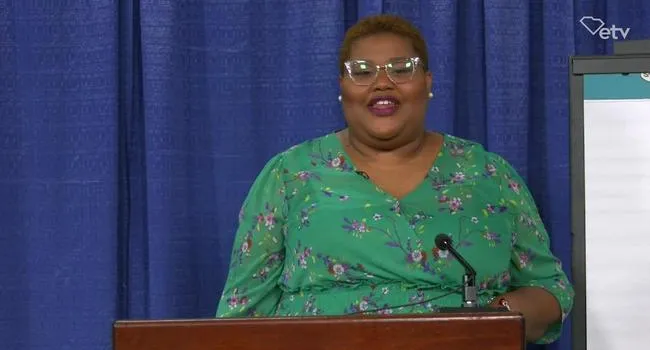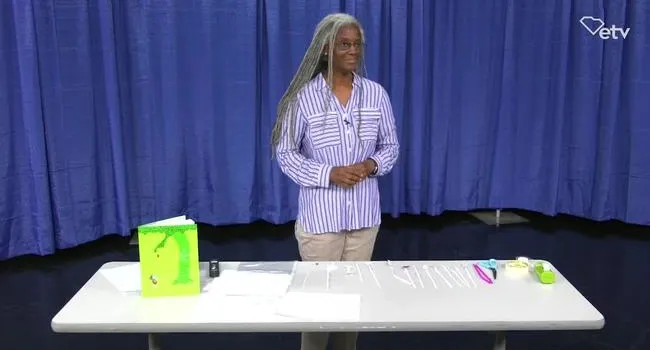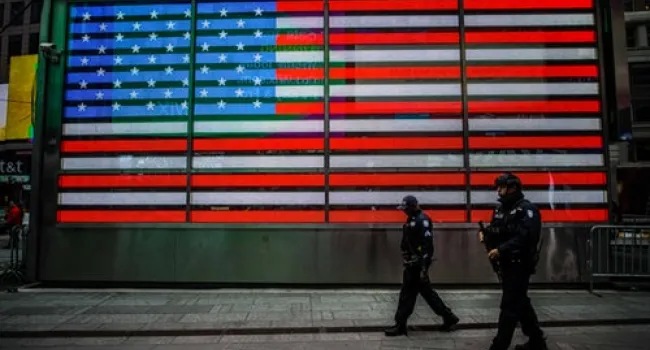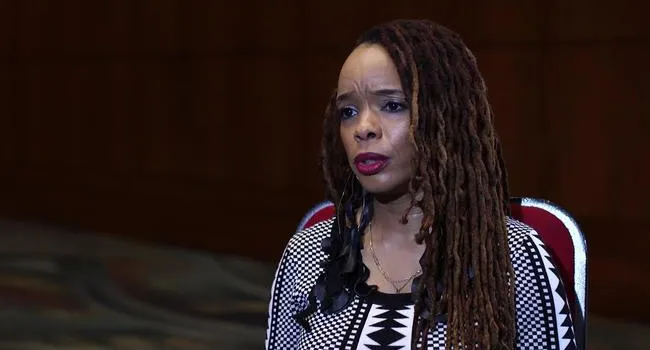Kaltura
Loading
Teachers in this lesson have students evaluate current events surrounding racial discrimination. Teachers lead students through why and how historians use a historical lens to discuss racial issues in the United States. Lastly, in this lesson, the teachers have students critically think about how past events are connected to today’s news.
Standards
- RI.MC Meaning and Context
- 8.3.P Analyze the Civil War Amendments (i.e., 13th, 14th, and 15th) as a turning point in the economic, political, and social structures of South Carolina.
- This indicator was developed to encourage inquiry into the changes that served as a catalyst for Reconstruction. The indicator was also designed to promote inquiry into how these actions affected the economic, political, and social conditions in the South.
- 8.3.CC Analyze debates and efforts to recognize the natural rights of marginalized groups during the period of expansion and sectionalism.
- This indicator was designed to encourage inquiry into the continuities and changes of the experiences of marginalized groups such as African Americans, Native Americans and women, as the U.S. expanded westward and grappled with the development of new states.
- 8.4.CC Analyze continuities and change in the African American experience in the period of Reconstruction and Jim Crow eras within South Carolina.
- This indicator was developed to encourage inquiry into the successes and failures of Reconstruction, beginning with the Port Royal Experiment, in South Carolina. This indicator was written to explore development of the Constitutions of 1868 and 1895 and to analyze the evolution of restrictions for African Americans from the Black Codes in 1866 through the Plessy decision in 1898.
- 8.5.CX Analyze the correlation between the Modern Civil Rights Movement in South Carolina and the U.S.
- This indicator was designed to foster inquiry into the role of South Carolina in the Modern Civil Rights Movement, to include the influence of court cases such as Briggs v. Elliot and Flemming v. South Carolina Electric and Gas. This indicator was also developed to promote inquiry into the relationship between national leadership, protests, and events and South Carolina leadership, protests and events, such as the Friendship Nine and the Orangeburg Massacre.
- USG.4.IN Distinguish between various economic, personal, and political rights of citizens in the U.S., and how these rights can sometimes conflict with each other.
- USG.4.CC Analyze contemporary issues and governmental responses at various levels in terms of how they have provided equal protection under the law and equal access to society’s opportunities and public facilities.
Resources
You need to be logged in to listen to view this content. Create an account now; it's quick, easy, and free!
Log In to View




































